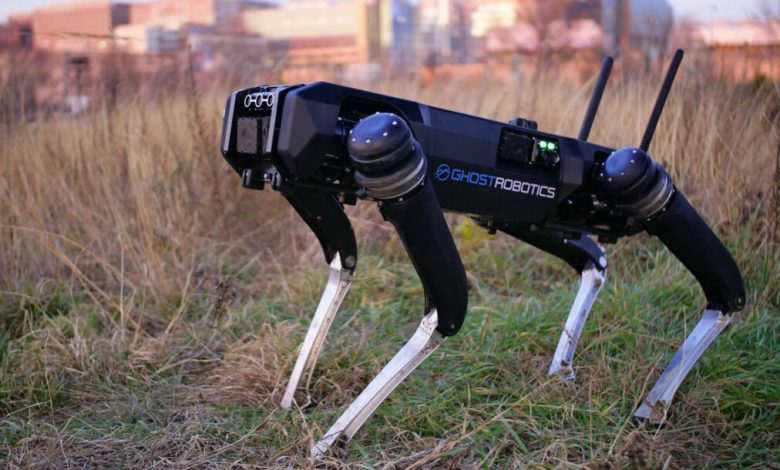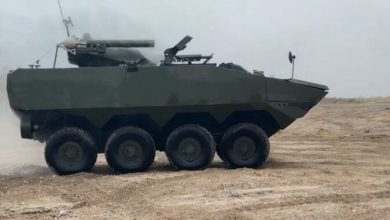Onyx, ABD Ordusu Robot Köpekleri için yüzme yeteneği geliştirdi

Amerikan teknoloji firması Onyx Industries, ABD Ordusu robot köpeklerinin yarım saatten fazla yüzebilmelerini sağlamak için gelişmiş bir kuyruk kiti geliştirdi.
Yapılan açıklamaya göre; Deniz Otonom İnsansız Kuyruk (NAUT) olarak adlandırılan kit, şu anda Tyndall Hava Kuvvetleri üssünde konuşlandırılmış Vision 60 robotik köpek ile entegre edilecek.
Ghost Robotics, askeri robotun cihazı kullanarak kıyıya ulaşana kadar suda yüzdüğünü ve yoluna devam ettiğini gösteren bir video yayınladı.
Ataşmanın Vision 60’ı üç deniz mili (saatte 5,5 kilometre) hızla hareket ettirebileceği ve 35 dakikaya kadar yüzmeye devam edebileceği bildiriliyor.
Vision 60 Robot Köpek
Ghost Robotics’e göre Vision 60; çok çeşitli şartlarda kentsel ve doğal ortamlar için uygun, orta büyüklükte ve tüm hava koşullarına uygun bir yer sistemidir.
Vision 60 “Çevik ve dayanıklı” gövdesi ile 10 kilograma kadar yük taşıyabilir.
Kaynak: M5





